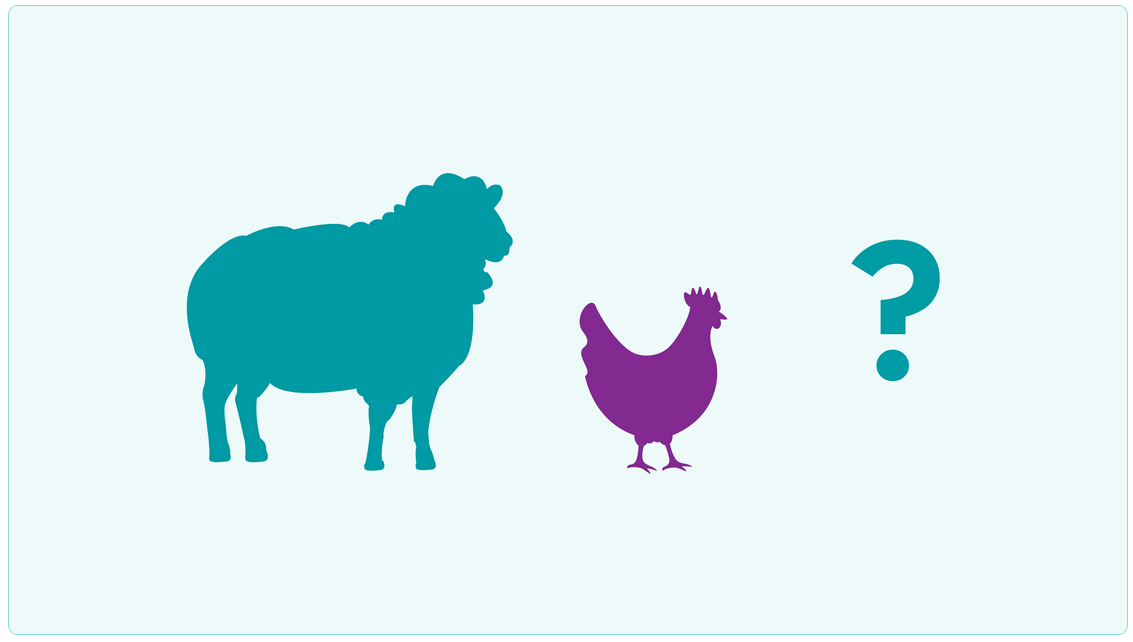Teaching context
Students at this level can mentally compute a variety of addition and subtraction calculations using a range of strategies: doubles, near doubles, tens facts, count on and count back.
Success depends on the applied knowledge of properties of numbers and operations. They use this knowledge to calculate mentally.
Students will split numbers into ones, tens and hundreds for convenience in calculation. They will move from counting in ones to counting and calculating with tens and hundreds. Students at this level are also successful when they understand that the commutative property does not work for subtraction: for example, 60 + 20 = 20 + 60, but 60 – 20 ≠ 20 – 60.
The following properties provide a basis for computation, whether done mentally or when using pencil and paper calculations:
-
Commutative property: the order in which two numbers are added does not affect the sum
-
Associative property: purposeful grouping of three or more addends does not affect the sum.
-
Distributive property: factors can be split into parts, multiplied separately and then added to each other properties.
These properties describe how the four number operations – addition, subtraction, multiplication and division – act on their own and with each other. They are used when we:
- recognise that we can add 7 + 36 + 3 by combining the 7 and 3 first to give 10, which is easy to add to 36 to give 46.
- quickly calculate 4 × 206 by working out 4 × 200 and 4 × 6 (as 800 and 24 respectively) and adding these results to get 824.
- divide 28 by 4 by first dividing 20 by 4 to give 5, and then dividing 8 by 4 to give 2, so the answer is 7.
Provide students with rich, engaging tasks to deepen their understanding of operations and processes involved with number and algebra. When problem solving, support students to encode the question and determine what is required to come to a solution. Problem solving presents a different way of thinking about mathematics. Frequent exposure for students will support them to value the processes involved in problem solving.
Teaching idea - Problem solving: heads and feet
This activity is taken from
nRich Maths. Pose the following problem to students:
On a farm there were some hens and sheep. Altogether there were eight heads and 22 feet. How many hens were there?
Encourage students to use their knowledge of counting by twos and fours to solve this problem and to write this as a number sentence. Visual representations and concrete materials can also be used to model the problem.
Afterwards, give the students a number sentence and ask them to write their own word problem to match the number sentence.

Extension ideas
Provide more than one solution
Ask the student to provide more than one solution to answer the question. They can compare and evaluate the different solutions. They can provide a justification for their evaluation and present this to their peers. This provides high-ability students with the opportunity to explore the notion that different solutions can be used to answer a question. It also allows these students to apply higher order thinking skills to the task.
Add more beings and attributes
Add another living being to the farm, and another attribute to the question. For example, on a farm there were some hens, sheep and bees. Altogether there were 8 heads, 25 eyes and 34 legs. How many bees were there? This task requires high-ability students to bring in their knowledge of counting in fives, as well as counting in twos and fours. It also adds complexity to finding a solution as there are additional factors to consider.
Different beings and sets of questions
Have students select a different living being to add to the farm and create a set of questions that could be asked. This task requires high-ability students to consider the attributes required in another living creature to ensure there is only a single answer to each of their questions. They could be asked to provide one or more solutions to each of the questions they set.
Original lesson plan available on the Maths Curriculum Companion